Posts
https://www.picturesquevoyages.com/wp-content/uploads/2024/03/Rambouillet-grotto-2-scaled.jpg
2560
2384
admin8800
https://www.picturesquevoyages.com/wp-content/uploads/2019/02/picturesquevoyageslogo-300x68-2-300x68.png
admin88002024-03-07 10:00:332024-03-10 16:44:56Surprising Story: Marie-Antoinette's Dairy at Rambouillet
https://www.picturesquevoyages.com/wp-content/uploads/2024/03/1788-portrait-of-the-princess-of-lamballe-by-anton-hickel-at-the-liechtenstein-b51fde.jpg
840
679
admin8800
https://www.picturesquevoyages.com/wp-content/uploads/2019/02/picturesquevoyageslogo-300x68-2-300x68.png
admin88002024-03-07 08:56:142024-03-25 18:01:17Surprising Story: The Princess de Lamballe at Rambouillet
https://www.picturesquevoyages.com/wp-content/uploads/2023/11/10c92f9e-6941-4741-884d-0e6dc954154d.jpg
1280
1280
admin8800
https://www.picturesquevoyages.com/wp-content/uploads/2019/02/picturesquevoyageslogo-300x68-2-300x68.png
admin88002023-11-22 10:09:382023-11-26 09:21:25Perfumes of the Orient Exhibit, a Evocative Journey through Scent
https://www.picturesquevoyages.com/wp-content/uploads/2021/11/Screen-Shot-2021-11-30-at-12.09.56-PM.png
319
388
admin8800
https://www.picturesquevoyages.com/wp-content/uploads/2019/02/picturesquevoyageslogo-300x68-2-300x68.png
admin88002021-11-30 12:08:582021-12-01 11:18:00A Garden of Scents: Pomades, Pastilles, and French Perfume
https://www.picturesquevoyages.com/wp-content/uploads/2020/02/Muscade-Paris-2.jpg
488
950
admin8800
https://www.picturesquevoyages.com/wp-content/uploads/2019/02/picturesquevoyageslogo-300x68-2-300x68.png
admin88002020-02-10 06:25:312020-02-11 07:07:29A Romantic Tour Under the Arcades of Paris: Chocolate, Pastries, Perfume & More
https://www.picturesquevoyages.com/wp-content/uploads/2019/12/Maison-Fragile.jpg
1000
1000
admin8800
https://www.picturesquevoyages.com/wp-content/uploads/2019/02/picturesquevoyageslogo-300x68-2-300x68.png
admin88002019-12-03 11:22:322019-12-03 14:40:16Gardens to Gifts: Picturesque Voyages Holiday Gift Guide
Scroll to top
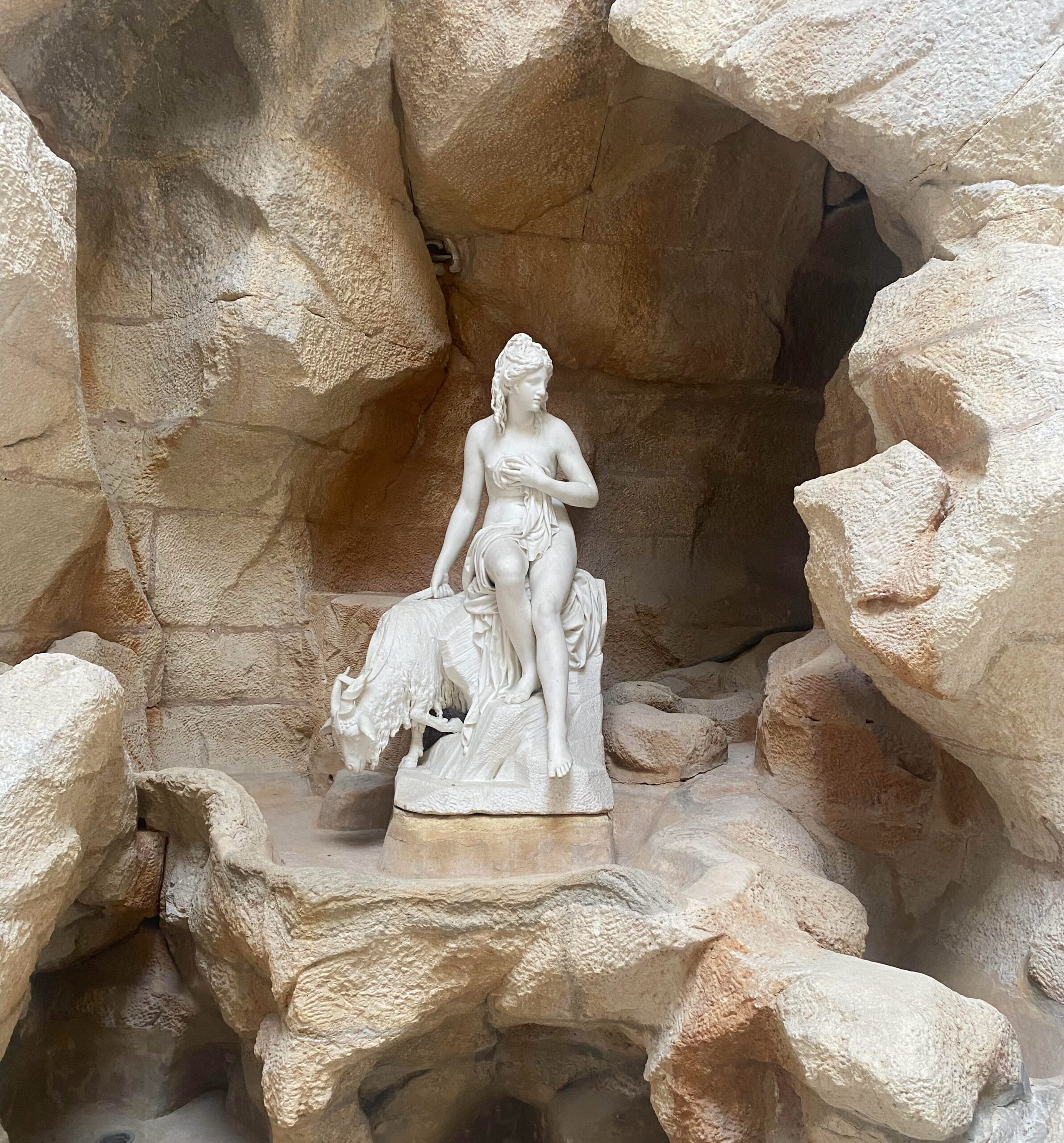

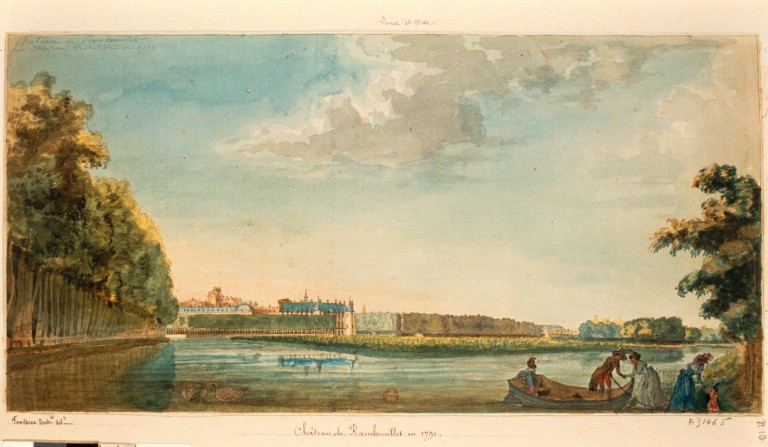
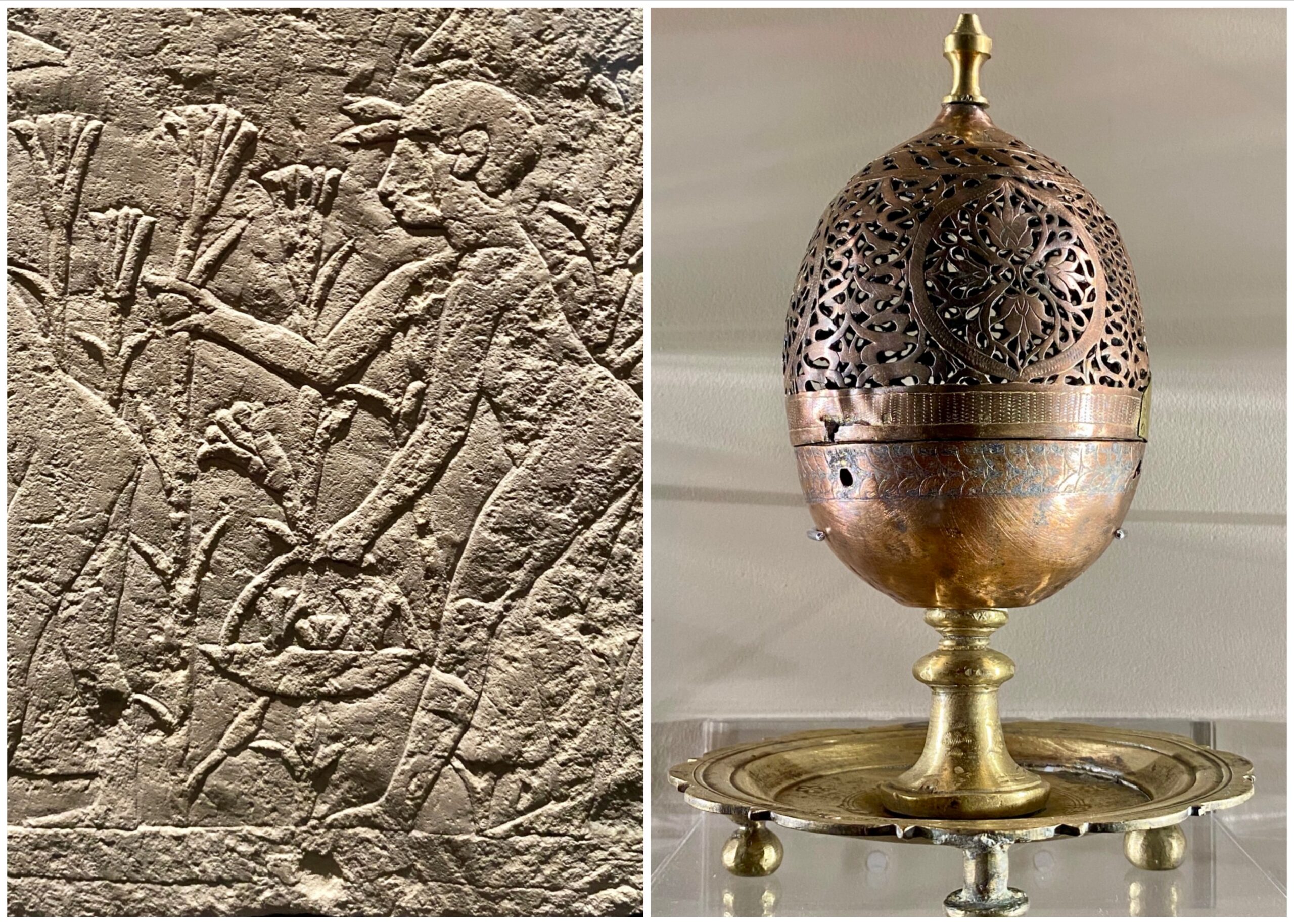

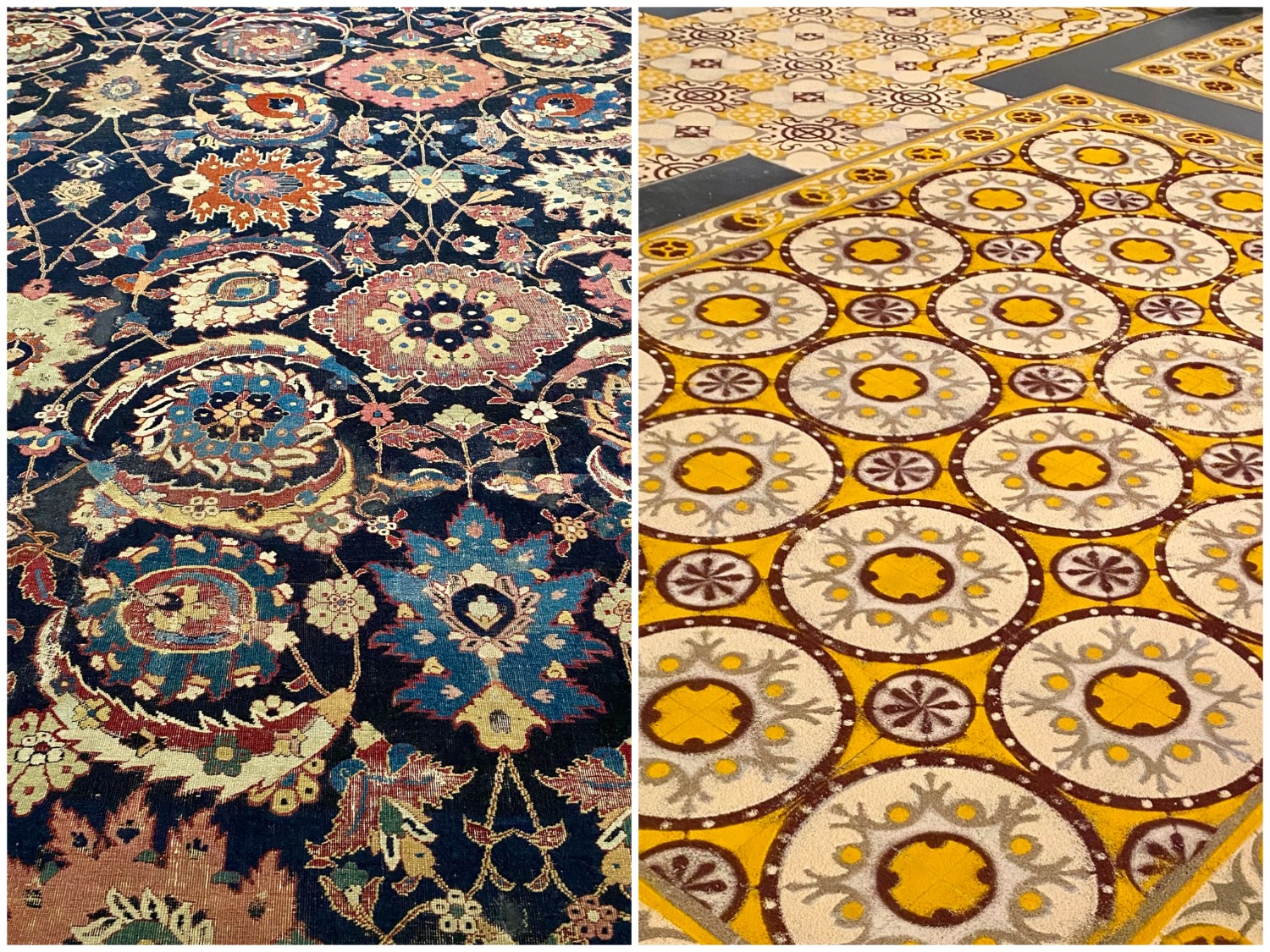
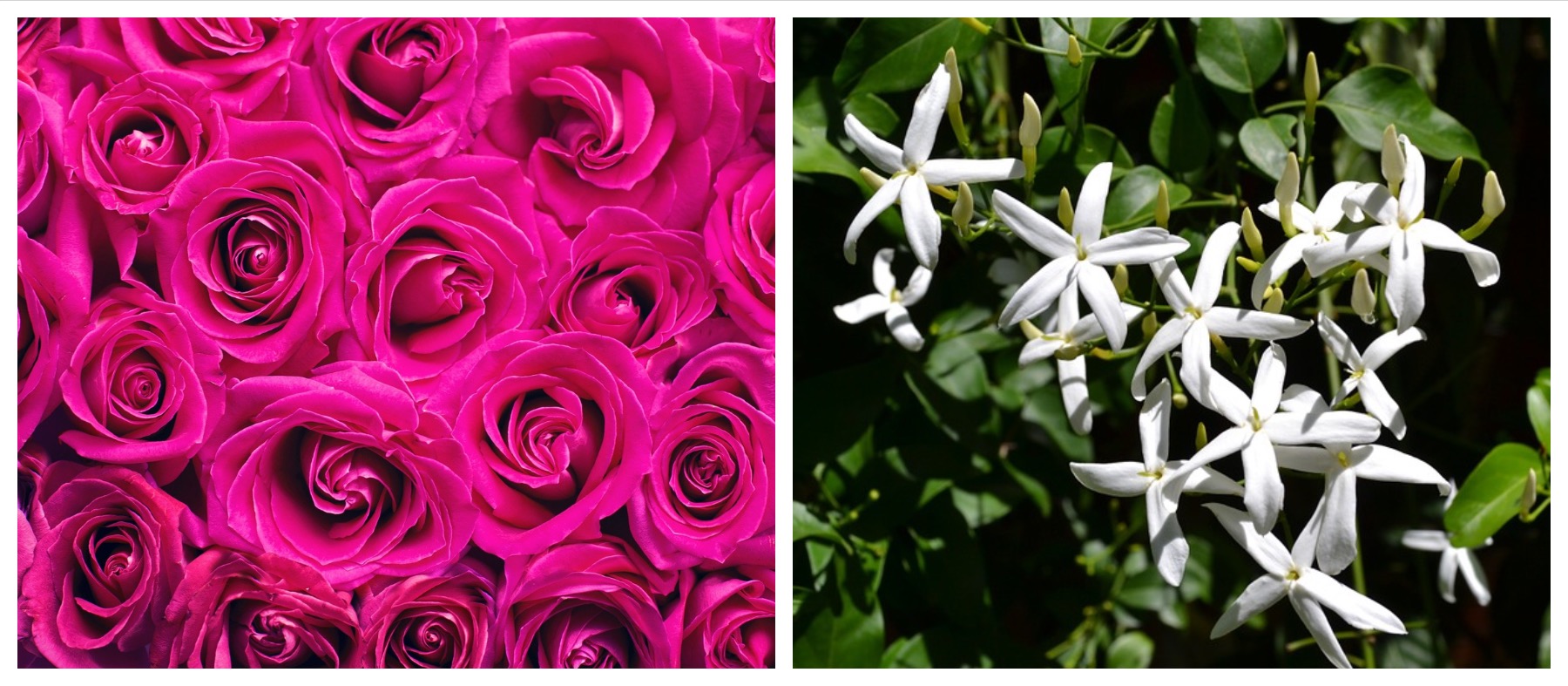
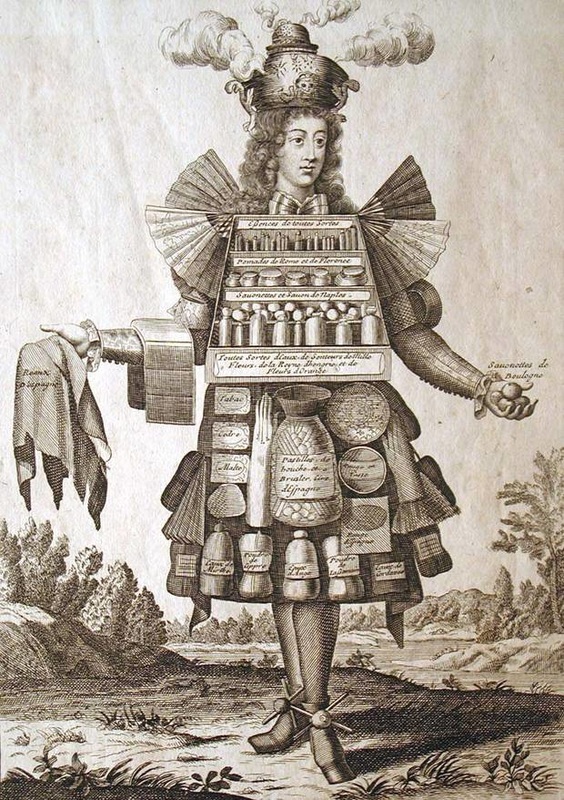
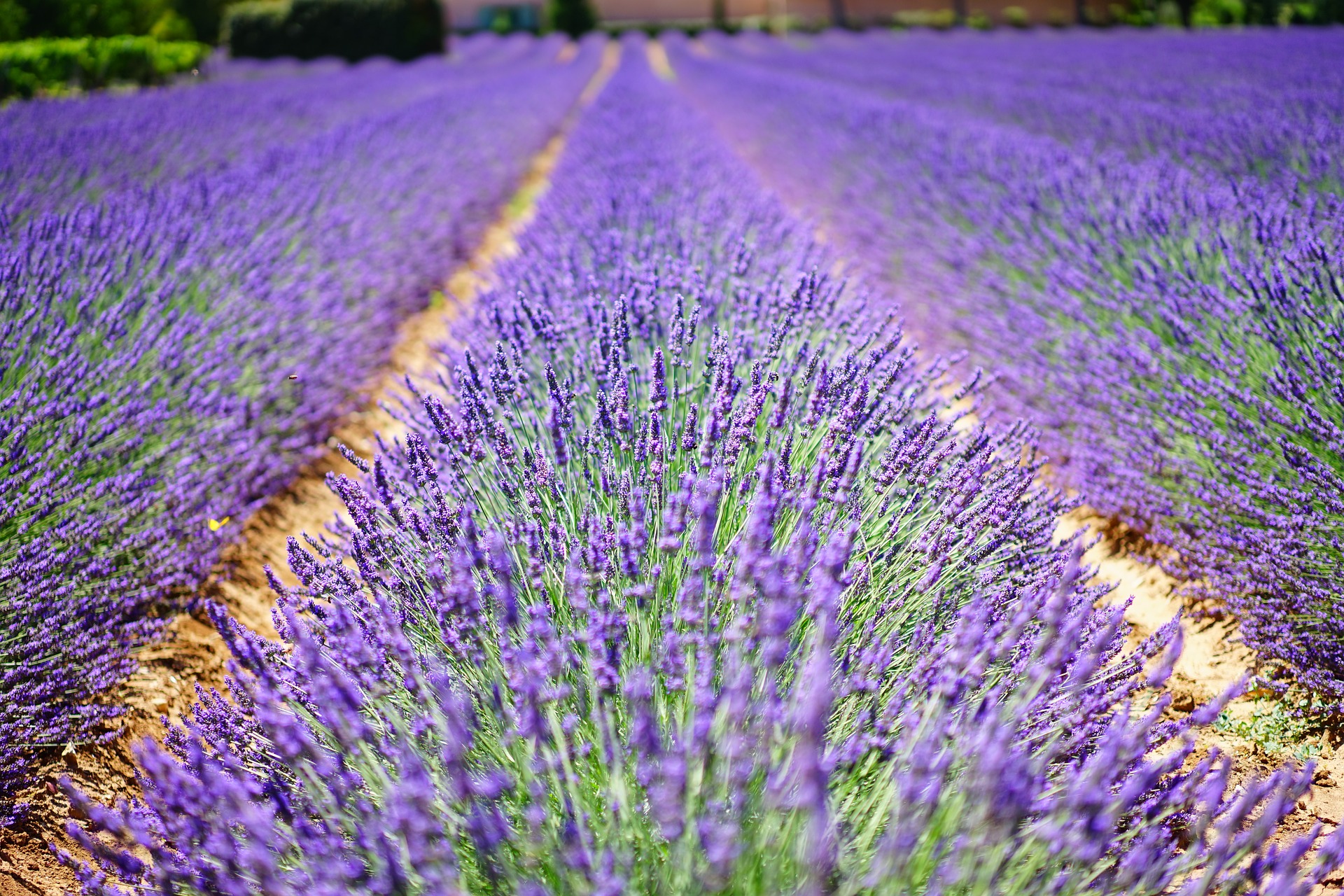
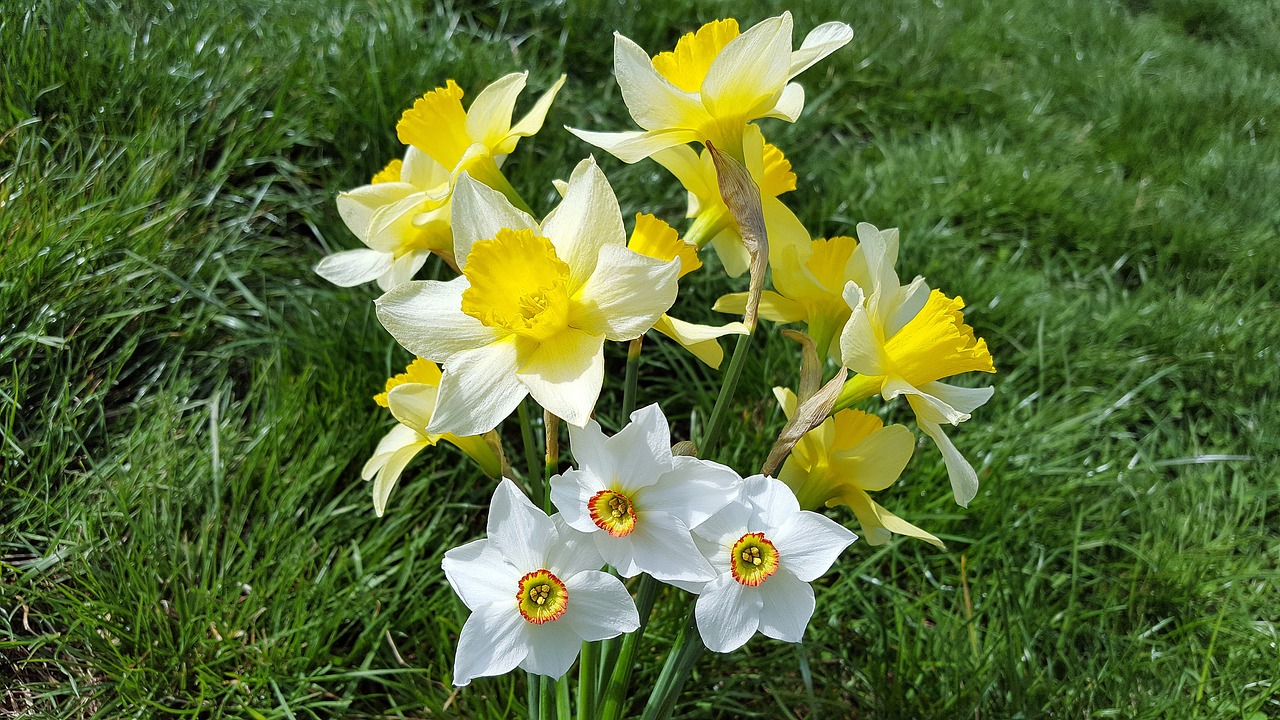
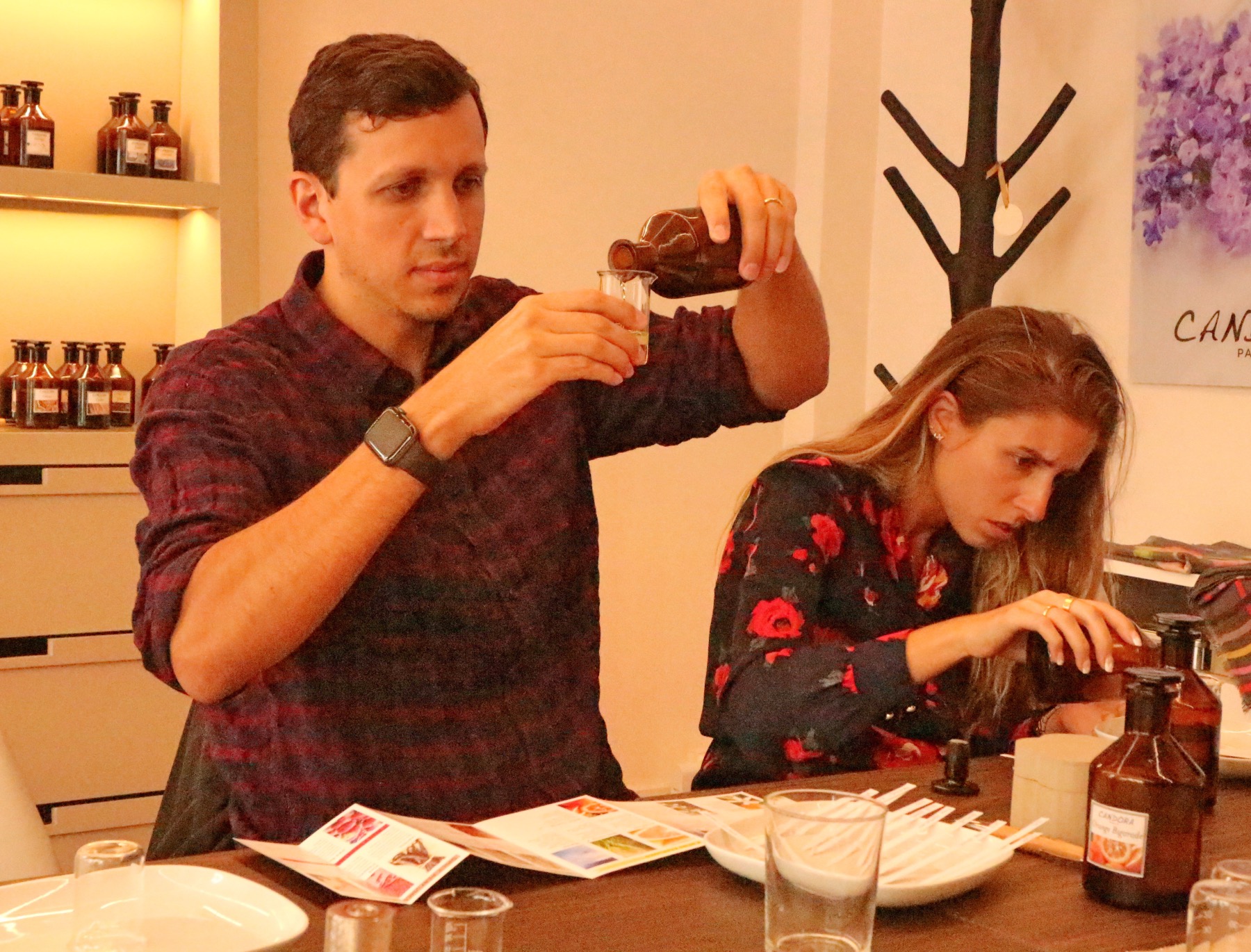
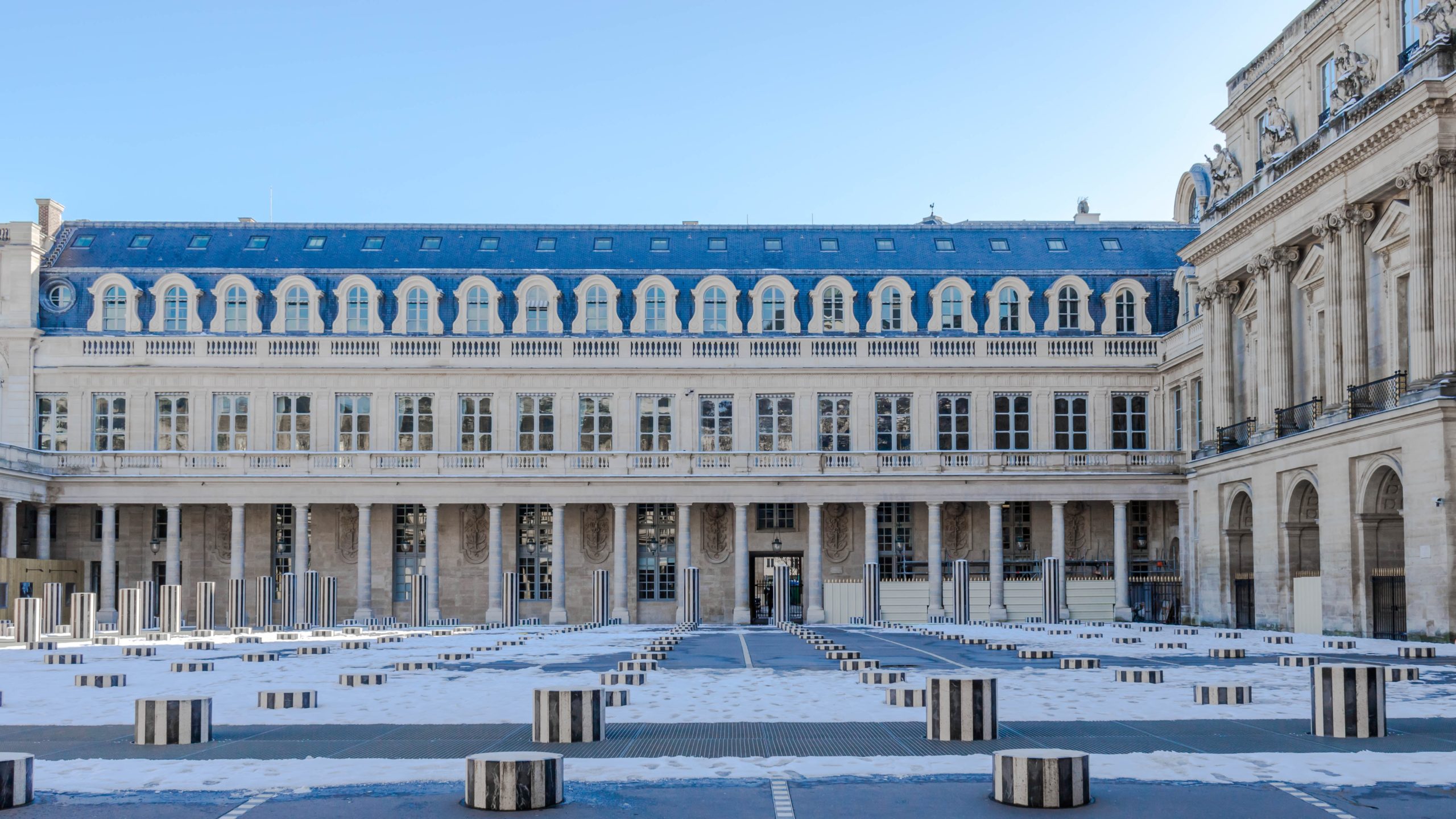
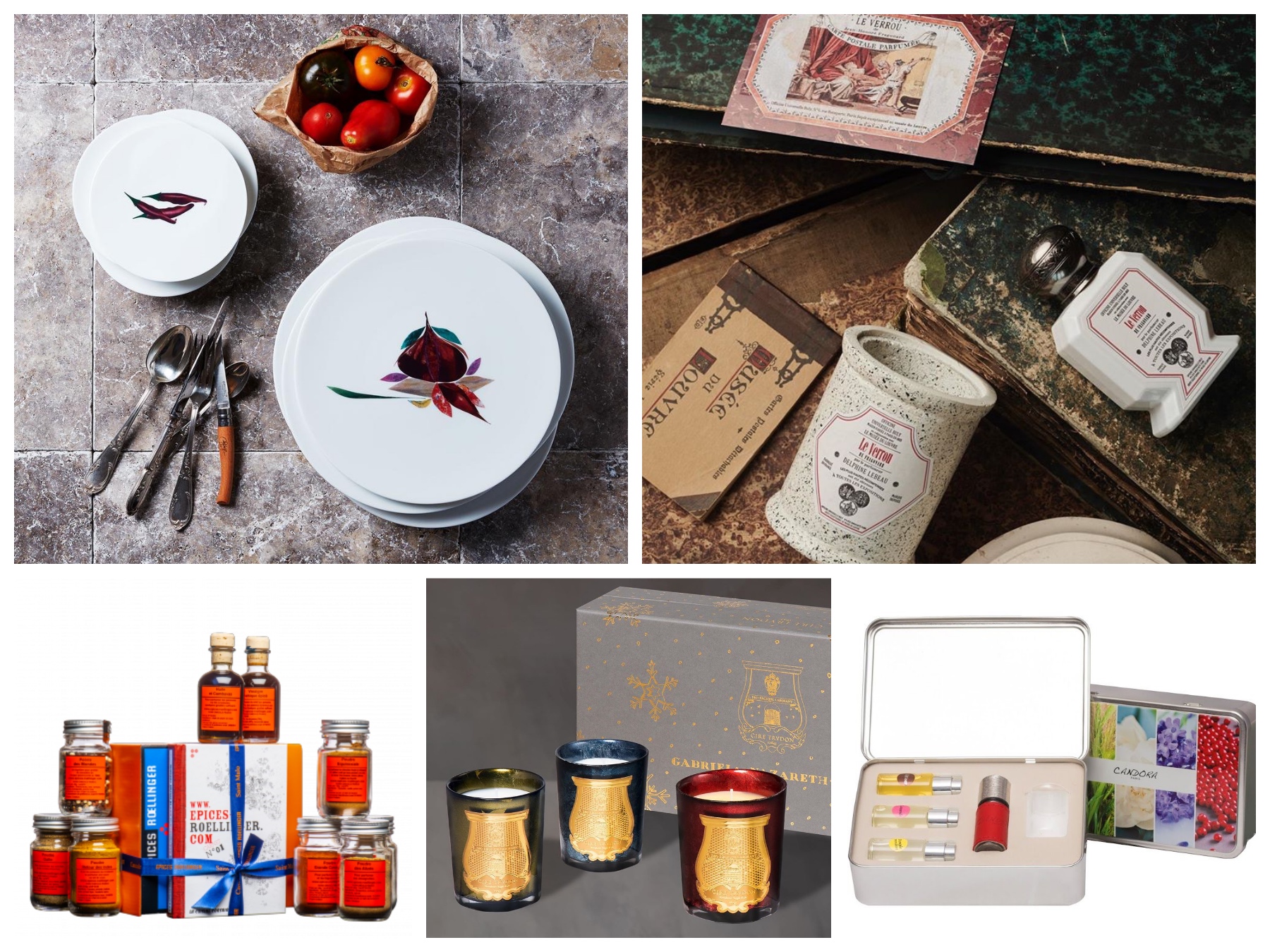 For millennia the bounty of French gardens has been transformed into a wide array of artisanal goods, from gastronomy to housewares. These centuries’ old traditions are being maintained, or revisited, by a variety of craftsmen and entrepreneurs around the country. Through
For millennia the bounty of French gardens has been transformed into a wide array of artisanal goods, from gastronomy to housewares. These centuries’ old traditions are being maintained, or revisited, by a variety of craftsmen and entrepreneurs around the country. Through